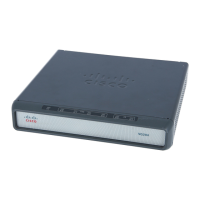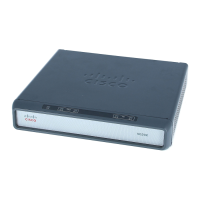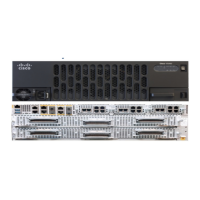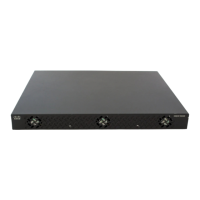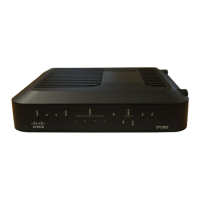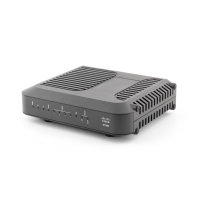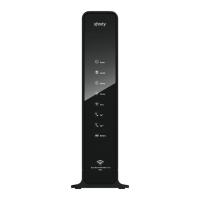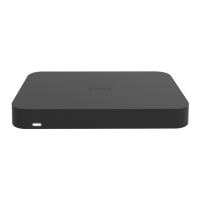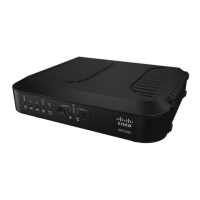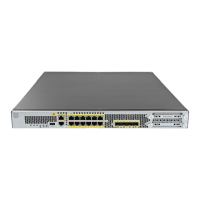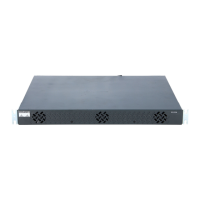Overview of ISG
Information About ISG
2
• Benefits of ISG, page 6
• Planning for ISG Implementation, page 6
What Is ISG?
ISG is a structured framework in which edge access devices can deliver flexible and scalable services to
subscribers. ISG handles the following key aspects of subscriber management:
• Subscriber identification
• Service and policy determination
• Session policy enforcement
• Session life-cycle management
• Accounting for access and service usage
• Session state monitoring
In addition, ISG introduces a dynamic element to the provisioning and activation of services through
control policies and Change of Authorization (CoA) extensions to the RADIUS protocol.
An ISG-enabled device may be deployed at the access edge and service edge of a network and is
applicable to a range of subscriber network environments, such as digital subscriber line (DSL), public
wireless LAN (PWLAN), and mobile wireless. Moreover, ISG has been designed to accommodate a
flexible distribution of subscriber and service information within a given solution. Figure 1 illustrates a
typical DSL deployment for which service profile data may be stored in an authentication, authorization,
and accounting (AAA) database and retrieved and cached on demand.
Figure 1 Sample Topology for a DSL Deployment
It is also possible to define services directly on an ISG. In all cases, service activation may be triggered
as a result of a locally defined control policy, user profile associations, or CoA commands from an
external policy server or portal application.
DSL
DSLAM
ISG
Walled
garden
Internet
browsing
135148
Internet
Remote
access VPN
AAA
server
Policy
server
Web
portal
DHCP
server

